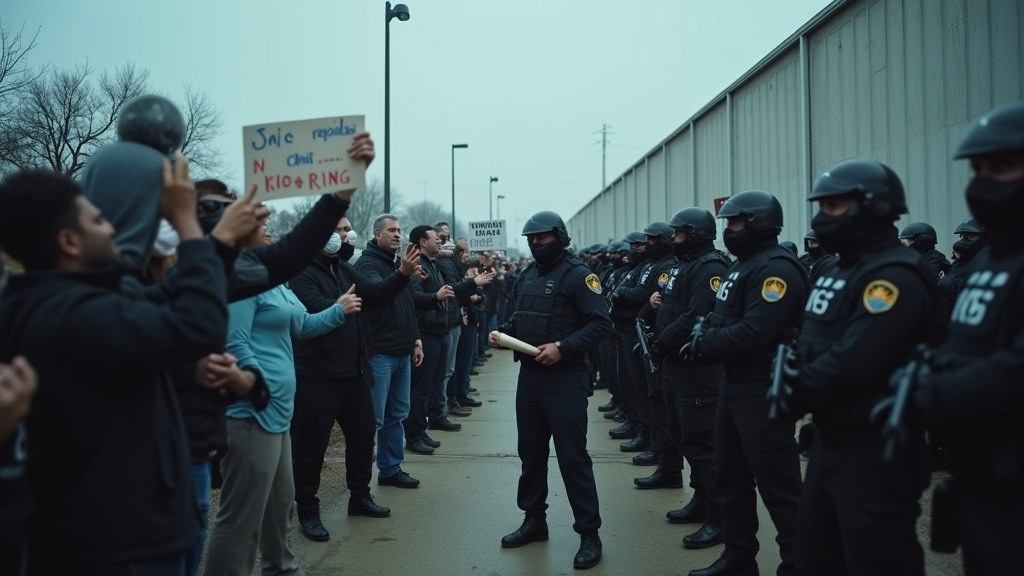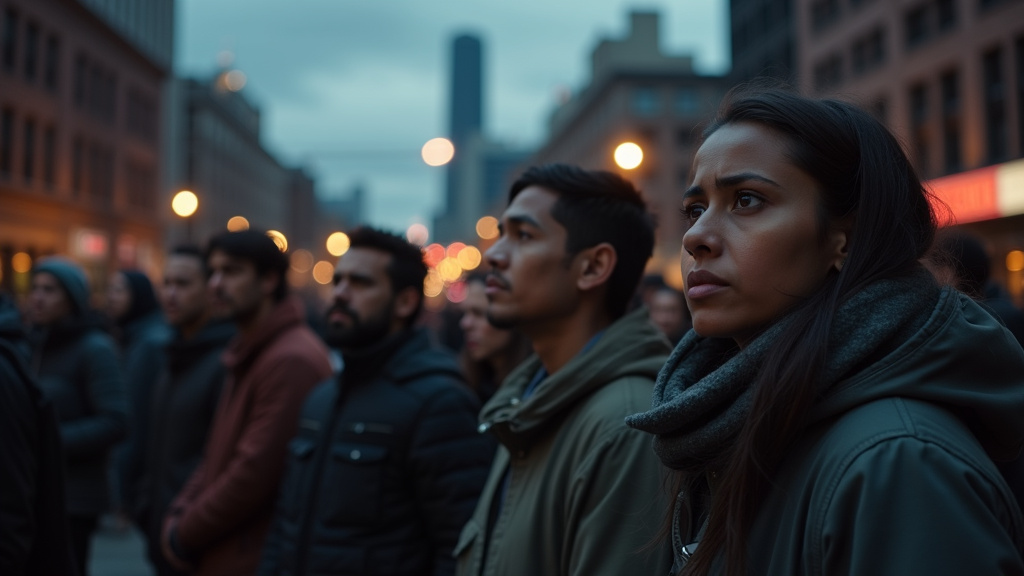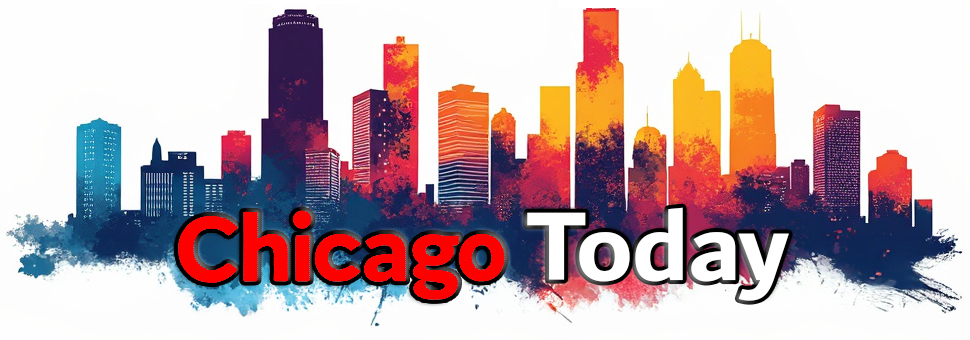Chicago, IL – A controversial presence of federal immigration agents at the National Museum of Puerto Rican Arts and Culture in Chicago on Tuesday has ignited widespread condemnation from community leaders and elected officials, casting a shadow over an anticipated arts festival scheduled for this upcoming weekend.
The appearance of agents from Immigration and Customs Enforcement (ICE) at the cultural institution has fueled concerns that the federal agency may potentially target not only the upcoming festival but also other forthcoming cultural events celebrating Chicago’s diverse Latinx communities.
Incident at the Museum
Details surrounding the exact nature of the agents’ presence at the museum on Tuesday remain limited, but the mere fact of their appearance at such a significant cultural landmark immediately drew attention and alarm. The National Museum of Puerto Rican Arts and Culture, located in the Humboldt Park neighborhood, serves as a vital center for preserving and showcasing the history, art, and culture of the Puerto Rican community in Chicago and beyond. It is a place of gathering, education, and celebration, making the presence of immigration enforcement personnel particularly jarring to many.
Swift and Vocal Condemnation
The reaction from community leaders and officials was swift and unequivocally negative. Statements expressing outrage and condemnation began to emerge shortly after the incident became known. Critics highlighted the inappropriateness of immigration enforcement activities occurring at a site dedicated to cultural heritage and community gathering, especially given the museum’s role as a safe space for many residents, including those who may have precarious immigration statuses.
“It is deeply troubling and frankly outrageous that federal immigration agents would choose to appear at a place as sacred to our community as the National Museum of Puerto Rican Arts and Culture,” commented one community leader, speaking on condition of anonymity to discuss sensitive community concerns. “This sends a chilling message and creates fear where there should be celebration and cultural pride.”
Public officials echoed these sentiments, calling for transparency regarding the reasons behind the agents’ presence and demanding assurances that cultural events will not become targets for immigration enforcement. The condemnation underscores the strained relationship between some immigrant communities and federal enforcement agencies, and how actions perceived as intrusive can quickly erode trust and heighten anxiety.
Context of the Upcoming Arts Festival
The incident gains further significance when viewed in the context of the museum’s schedule. The National Museum of Puerto Rican Arts and Culture is currently gearing up to host a major arts festival, planned for this upcoming weekend. Cultural festivals are cornerstones of community life, providing platforms for artists, performers, and vendors, and opportunities for residents to connect with their heritage and celebrate together.
The timing of the agents’ visit – just days before a large-scale community event – has directly contributed to the anxieties now prevalent among organizers and potential attendees. There is a palpable fear that the presence on Tuesday was not an isolated event but perhaps a precursor to a larger operation during the festival, potentially leading to checks or enforcement actions that could disrupt the event and endanger participants.
Broader Concerns for Latinx Cultural Events
The concerns extend beyond just this weekend’s festival. Community leaders and officials fear that the visit to the museum signals a potential strategy by Immigration and Customs Enforcement (ICE) to specifically target cultural gatherings within Chicago’s Latinx communities. These events, which range from street festivals and parades to art exhibitions and musical performances, are integral to the city’s cultural landscape and serve as vital expressions of identity and solidarity.
The possibility that these spaces could be viewed as potential locations for immigration enforcement has sparked alarm about the future viability and safety of such events. Organizers voiced worries that fear of enforcement could suppress attendance, deter participation from artists and vendors, and ultimately diminish the cultural vibrancy that these events foster.
“Our cultural events are meant to be spaces of joy, connection, and pride, free from the fear of enforcement actions,” stated a representative from a local advocacy group focused on immigrant rights. “The idea that ICE might see a cultural festival or museum event as a target is unacceptable and represents a direct threat to the fabric of our community.”
Looking Ahead
As the date for the arts festival at the National Museum of Puerto Rican Arts and Culture draws nearer, community leaders and officials are maintaining a watchful stance. They are demanding answers regarding the Tuesday incident and seeking commitments from federal authorities that cultural sites and events will be respected as safe spaces, free from the specter of immigration enforcement activities.
The controversy highlights the delicate balance between national security and immigration enforcement objectives and the need to respect community spaces and cultural rights. The incident in Chicago serves as a potent reminder of how enforcement actions can have far-reaching impacts, extending into the heart of community life and casting uncertainty over cherished cultural traditions and gatherings planned for Chicago’s Latinx communities. The atmosphere remains tense as the community prepares for the upcoming festival under the shadow of recent events and persistent concerns.











